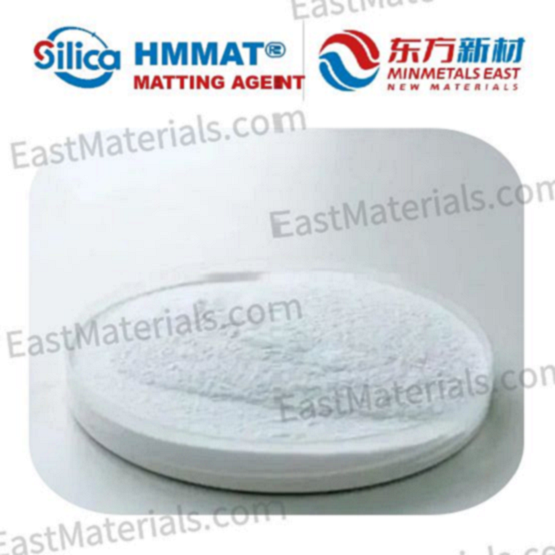
Privacy statement: Your privacy is very important to Us. Our company promises not to disclose your personal information to any external company with out your explicit permission.
Silica Fume For Protective Coatings Display

Matting agents Protective Coatings are additives used in coatings, including wood coatings, to reduce the gloss level of the final finish. They help achieve a desired level of sheen, ranging from matte to satin, without compromising the performance of the coating. Below are details about what matting agents are, how they work, and their typical applications and types.
What Are Matting Agents?
**Definition:** Matting agents are substances incorporated into coatings to diffuse light and create a lower gloss appearance. They usually consist of solid particles that scatter light, preventing it from reflecting directly off the surface.
How Matting Agents Work
Matting agents function by:
- **Light Scattering:** The physical presence of matting agents in the coating causes light to scatter rather than reflect directly off the surface, resulting in a lower level of gloss.
- **Particle Size and Distribution:** The specific properties of the matting agent, including its particle size, shape, and distribution, determine the gloss level of the finished product. Smaller particles may provide a smoother matte appearance, while larger, more irregular particles can produce a rougher texture.
Types of Matting Agents
There are several types of matting agents commonly used in wood coatings:
1. **Silica Gel**:
- **Description**: A common matting agent that provides excellent flatting properties.
- **Advantages**: Offers good weather resistance and can improve the scratch and abrasion resistance of the coating.
2. **Talc**:
- **Description**: A soft mineral that is effective in reducing gloss.
- **Advantages**: Provides a silky feel to the finish and enhances coverage but may be less durable compared to other options.
3. **Waxes**:
- **Description**: Used to create a matte finish and reduce gloss in coatings.
- **Advantages**: Can impart a pleasant tactile quality to the surface and improve stain resistance.
4. **Polymeric Particles**:
- **Description**: Specialized matting agents made from polymers.
- **Advantages**: They often offer superior durability, chemical resistance, and consistency in appearance.
5. **Mica and Other Minerals**:
- **Description**: Natural minerals that can be used for decorative effects while also reducing gloss.
- **Advantages**: Silica Matting Agent provides unique textures and can impart a metallic appearance.
Benefits of Using Matting Agents
- **Aesthetic Control**: They allow manufacturers to customize the sheen and appearance of wood finishes to meet specific market demands.
- **Improved Hide**: Some matting agents can enhance the hiding power of the coating, effectively concealing surface imperfections.
- **Durability**: Many matting agents contribute additional properties to the coating, such as improved durability against scratches and environmental factors.
- **Versatility**: Matting agents can be used in various formulations, including water-based, solvent-based, and even UV-cured coatings.
Applications of Matting Agents
Matting agents are widely used in various applications, including:
- **Furniture Finishes**: Achieving a natural, matte finish that showcases the wood's beauty.
- **Cabinet Coatings**: Providing a durable, easy-to-clean surface that minimizes glare.
- **Architectural Wood Coatings**: Used in both interior and exterior applications to control the overall look of wooden structures.
Summary
Matting agents play a crucial role in developing wood coatings that meet aesthetic and functional requirements. By utilizing various types of matting agents, manufacturers can create finishes with varying gloss levels while enhancing the durability and appeal of the final product. This versatility makes matting agents an essential component in the formulation of high-quality wood coatings.
October 20, 2022
October 20, 2022
The Display of Free-Flow And Anti-Caking Additive Choosing the right Hydrophobic fumed silica for toner formulations is essential to achieving the desired performance characteristics, such as...
The Display of Free-Flow And Anti-Caking Additive Hydrophobic fumed silica is a specialized type of silica (silicon dioxide) that has been chemically treated to possess water-repellent properties....
The Display of Free-Flow And Anti-Caking Additive 1. Improving Flowability Application: Hydrophobic fumed silica is commonly added to toner formulations to enhance the flow properties of the toner...
The Display of Free-Flow And Anti-Caking Additive 1. Fumed Silica for Surface Treatment Hydrophobic Nature: Hydrophobic fumed silica is treated to repel water, reducing moisture absorption. This...
Email to this supplier
October 20, 2022
October 20, 2022
September 23, 2024
September 23, 2024

Privacy statement: Your privacy is very important to Us. Our company promises not to disclose your personal information to any external company with out your explicit permission.

Fill in more information so that we can get in touch with you faster
Privacy statement: Your privacy is very important to Us. Our company promises not to disclose your personal information to any external company with out your explicit permission.